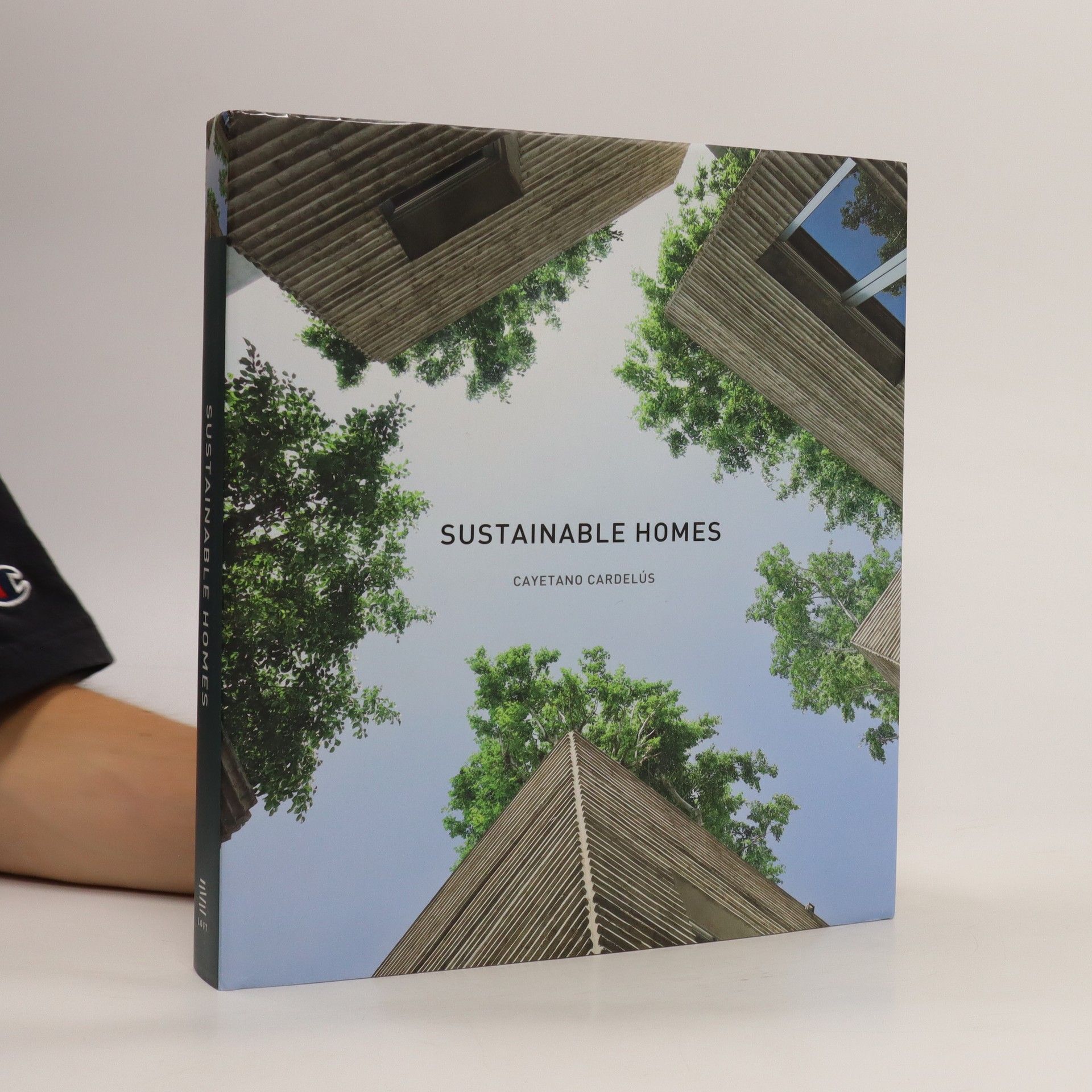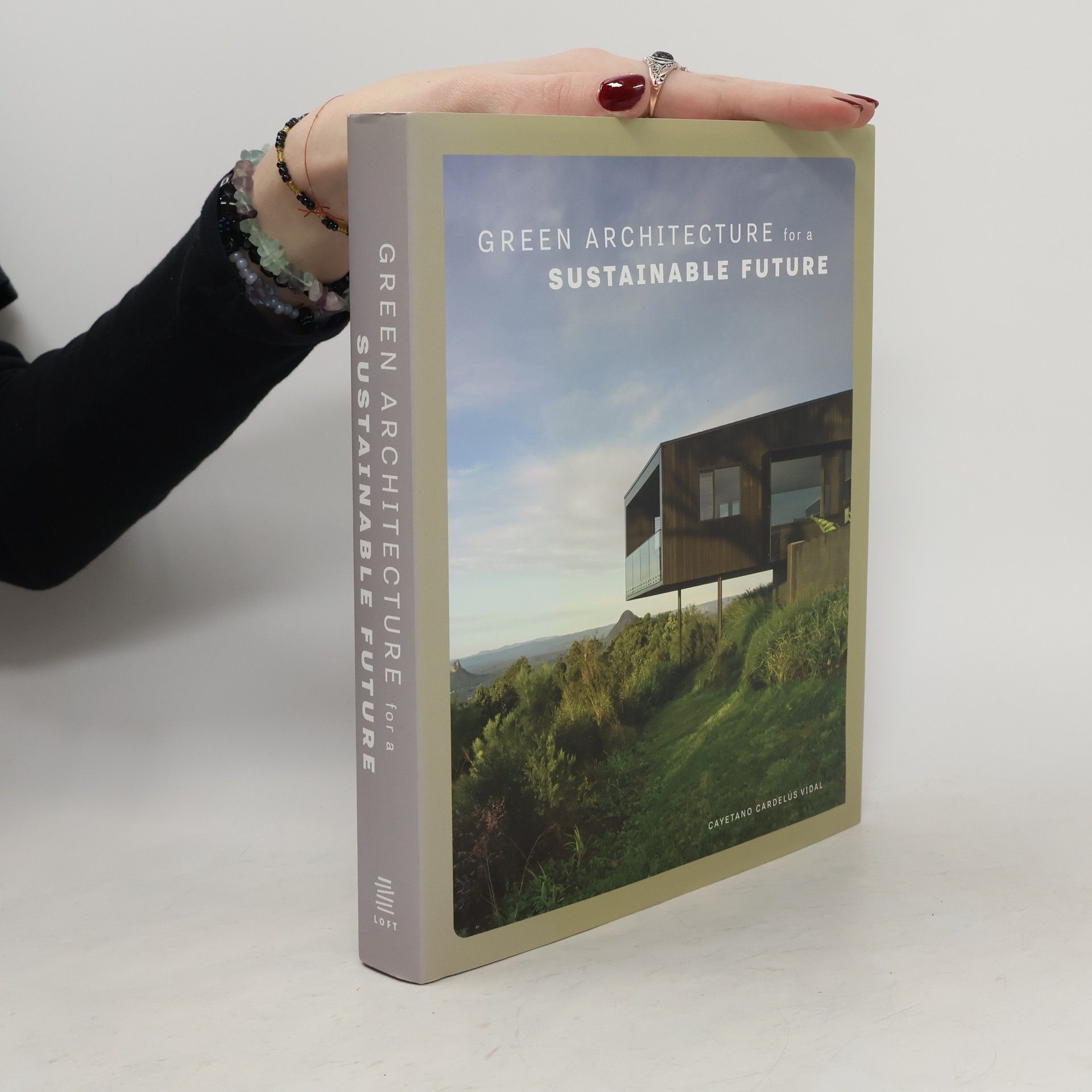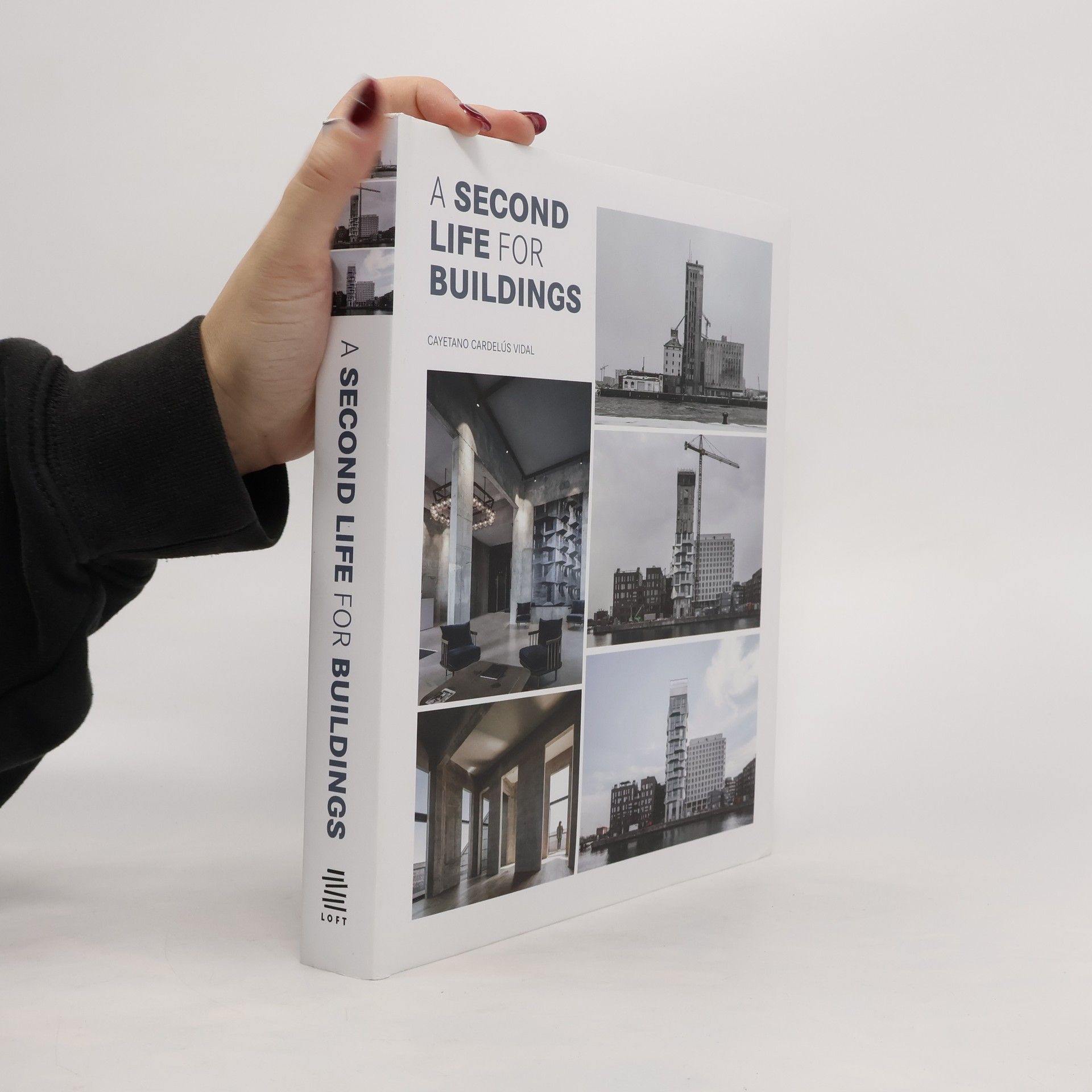Cayetano Cardelús Bücher






Green Architecture for a Sustainable Future
- 336 Seiten
- 12 Lesestunden
For several decades the concepts of ecology and sustainability have generated highly influential currents of opinion in our society, and creating a greener future is at the forefront of today's architecture design. This book gives the leading role to 30 selected international architects that reveal the new trends in sustainable architecture and how they have contributed through their ideas to the basics of sustainable architecture.
Urban design and planning involves the arrangement, appearance and functionality of towns and cities, with a particular focus on public spaces such as parks, squares and gardens as well as infrastructure and privately owned spaces. 0Urban Planning shows off the most recent examples of public spaces from all around the world conceived by thirty of the most relevant world architects in this field. The book illustrates the arrival of new resources, procedures and priorities to the art of designing public spaces. It includes maps, sketches, plans, an explanatory text and numerous colour photographs.
This book presents a selection of sustainable homes built according to what is, today, feasible in the field of sustainable architecture, and shows us what alternatives are offered in this sense by current architecture. Once considered architectural curiosities, these houses, built in a way that respects the environment, lay the foundations of tomorrow’s construction and invite us to consider that we cannot be satisfied with just pursuing our own quality of life, but that we must bequeath a future to our children and grandchildren in which they feel at home and in which enjoying a healthy and dignified environment is the norm.
Les immeubles multifamiliaux constituent actuellement la typologie résidentielle la plus courante dans nos villes et, par conséquent, un élément fondamental dans la configuration du paysage urbain. Cependant, cette typologie de construction, l'un des moteurs de l'évolution des villes modernes, a souvent montré un lien plus étroit avec le terme "construction" qu'avec le terme "architecture". La création de milieux de vie agréables qui évitent le simple contenant d'êtres humains et construisent des espaces de coexistence réceptifs aux besoins des usagers est l'un des objectifs de la pratique architecturale depuis des décennies. Des oeuvres comme l'Unité d'Habitation de Le Corbusier à Marseille (1952) ont jeté les bases d'une nouvelle relation entre le bâtiment et ses habitants. Les projets présentés dans cet ouvrage sont de magnifiques exemples récents de la façon dont l'architecture peut créer des bâtiments résidentiels attrayants conscients de leur fonction sociale, favorisant l'interaction entre les utilisateurs et la relation harmonieuse de la communauté avec son environnement naturel et urbain. De même, tous transmettent une grande sensibilité à des questions telles que la durabilité, l'éco-efficacité ou l'intégration et la conservation du patrimoine historique et industriel, en utilisant des méthodes de construction allant des techniques traditionnelles aux systèmes de conception paramétrique les plus modernes.